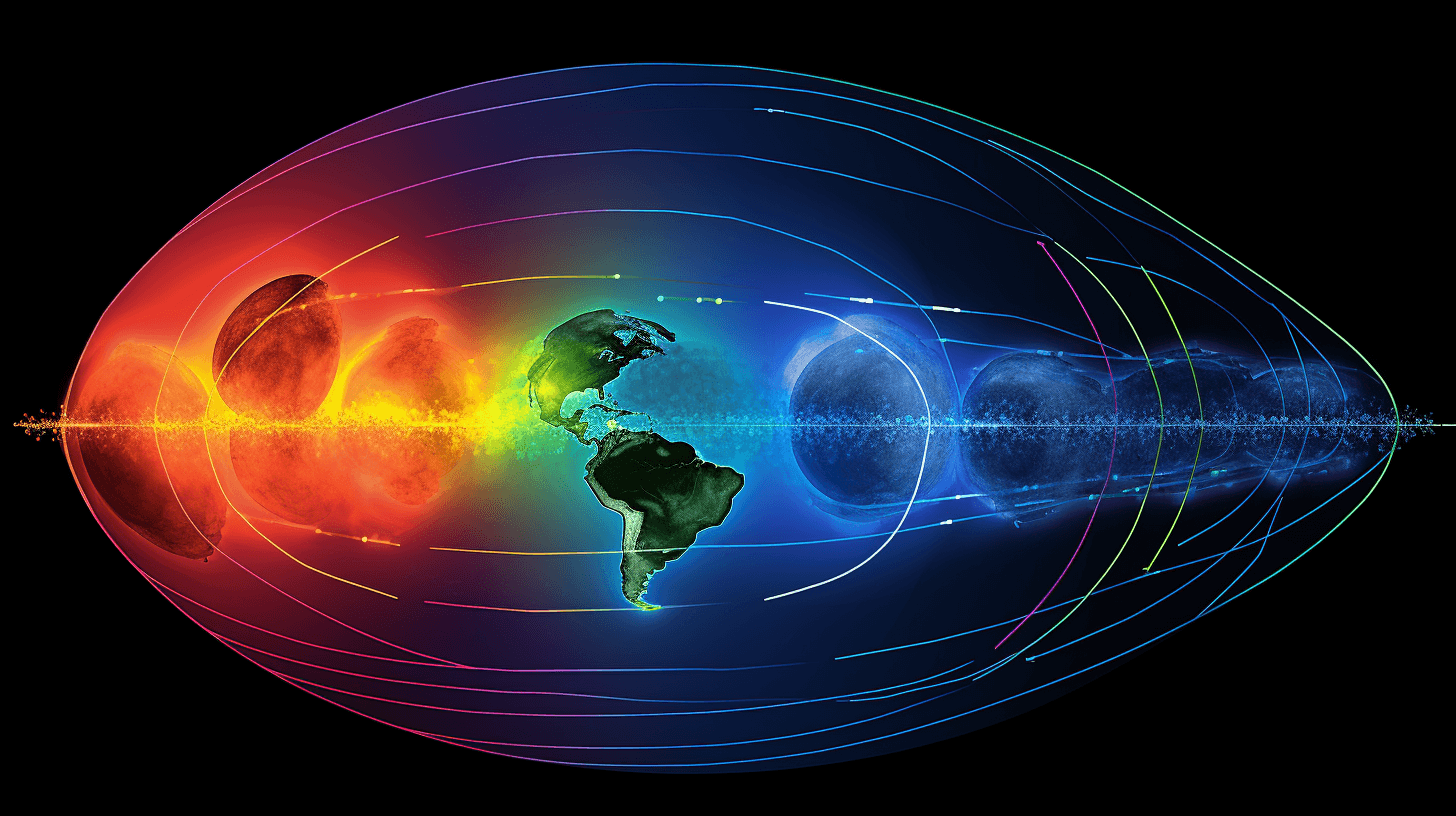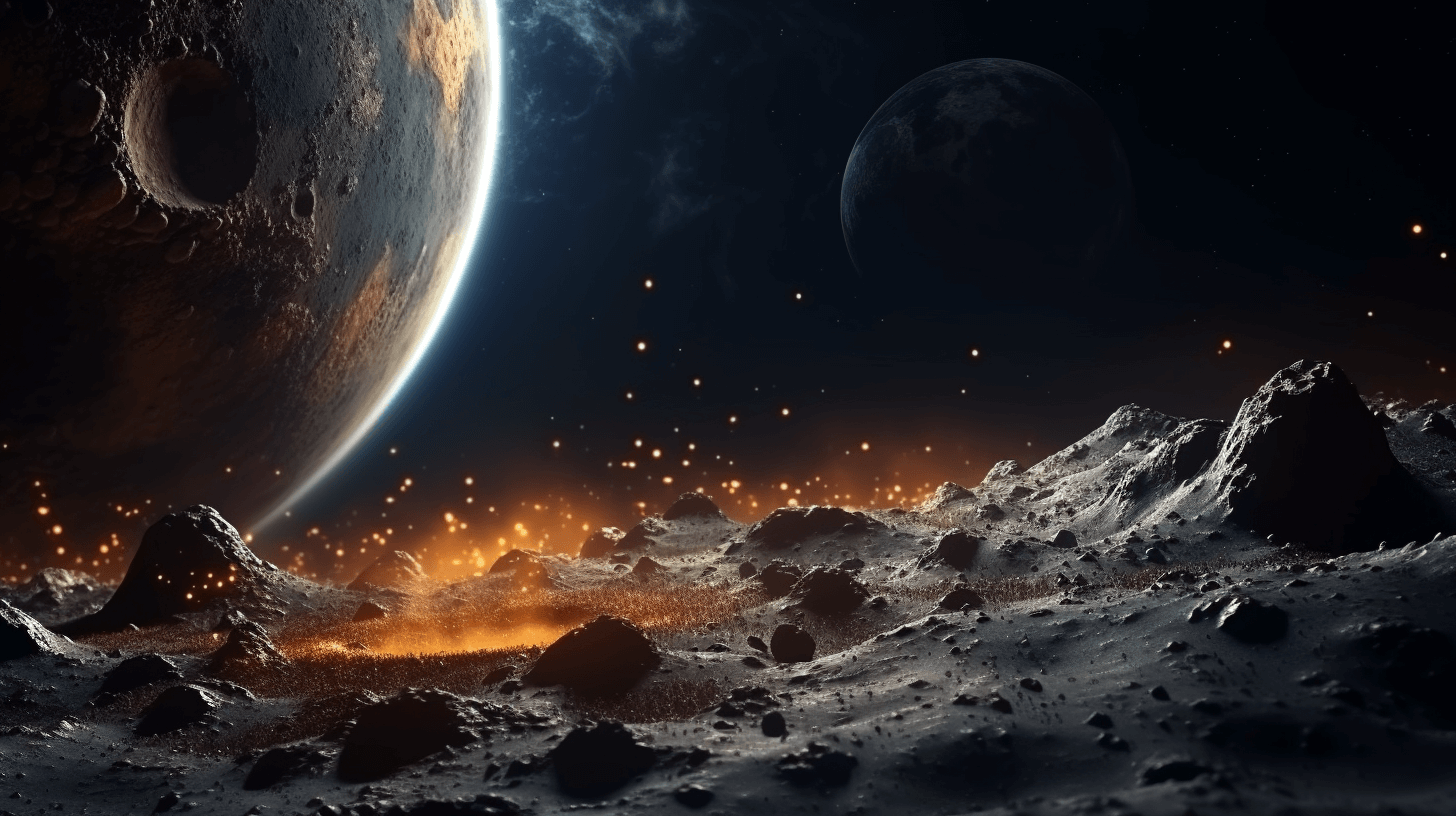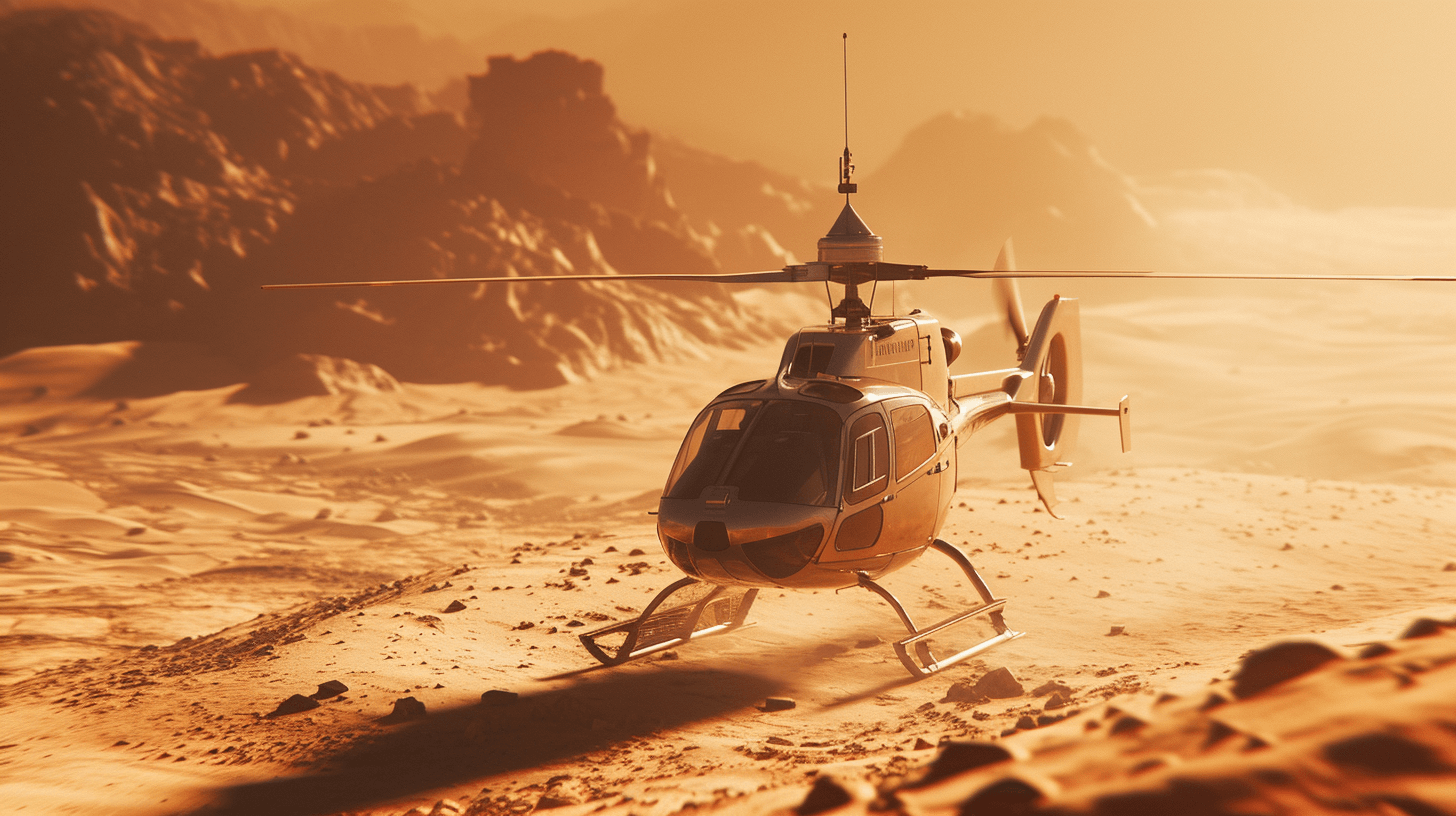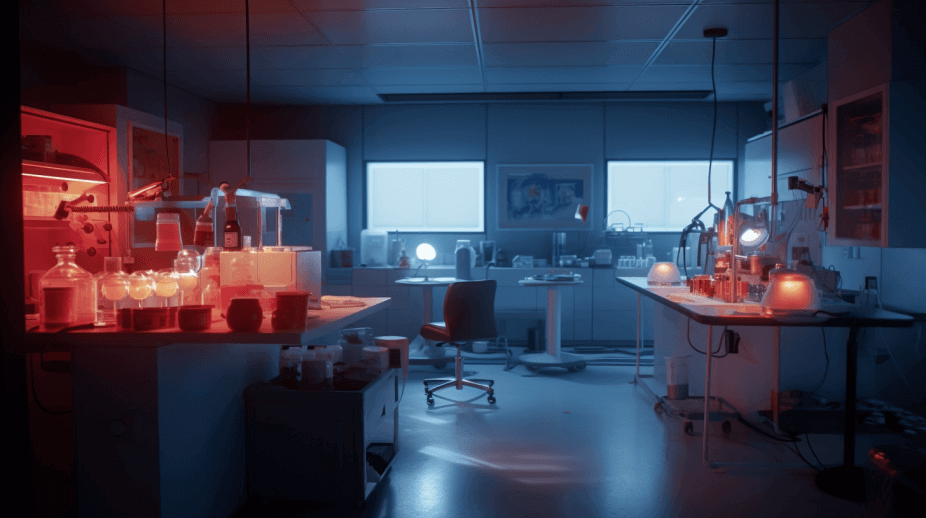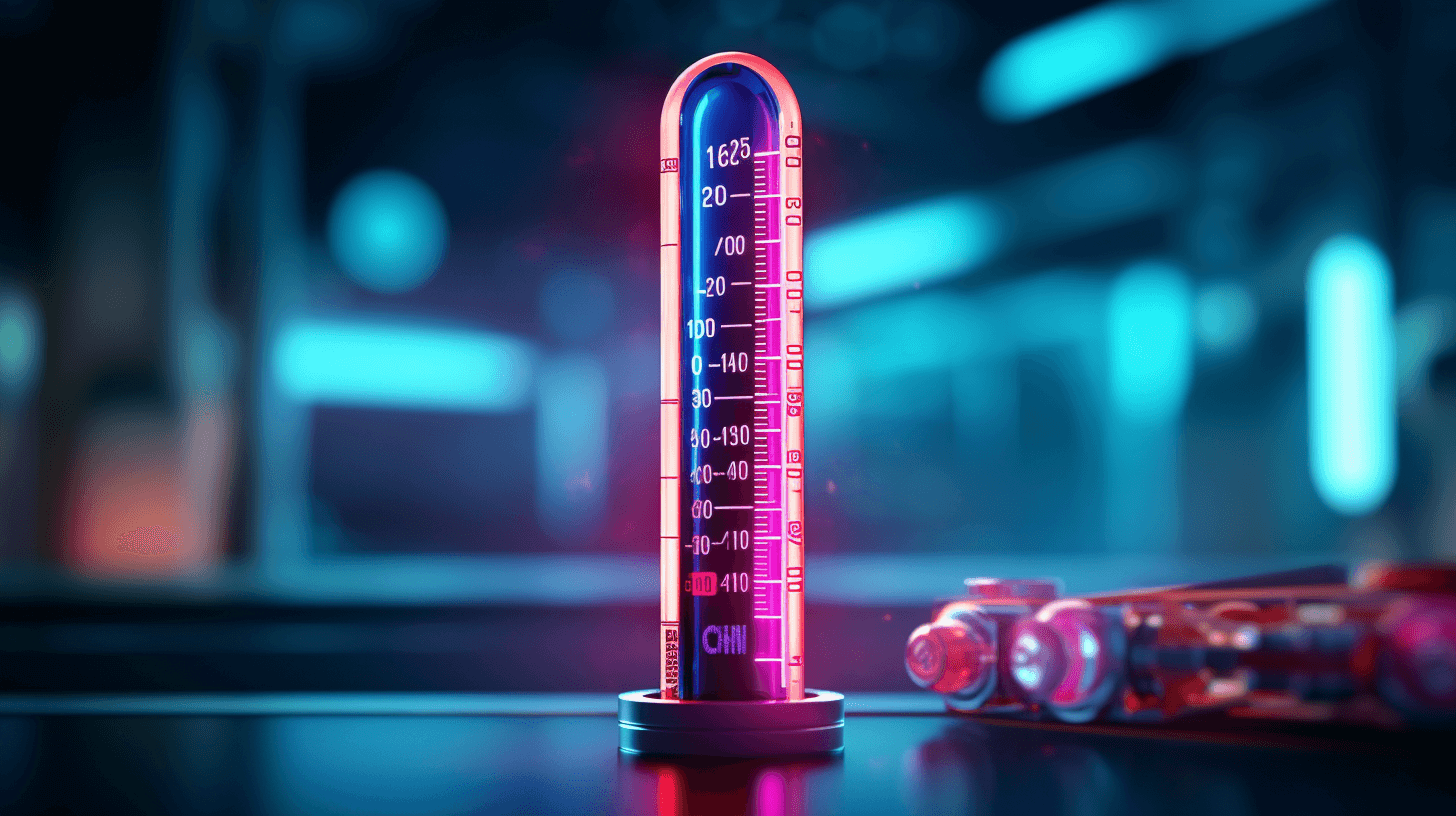🌌☀️🌏 Cosmic Waves Bust Up Earth’s Ozone, But Only for a Few
⬇️ Pidgin | ⬇️ ⬇️ English
You guys heard da latest from da stars? Get dis: back in Octoba 2022, one big kine explosion in space wen’ nearly wipe out part of Earth’s ozone layer. For real! Telescopes in space wen’ catch dis jet of high energy photons zooming from a supernova – dat’s one super big explosion of a star – like 1.9 billion light-years away. Dey call ’em gamma ray bursts, and da astronomers say dis one was da brightest evah. 🌟💥
So, what wen’ happen? Dis team of scientists, dey found out dat dis burst wen’ change up da number of ionized particles in Earth’s upper atmosphere, including da ozone molecules. Da ozone is supah important, cause it help block da harmful solar radiation. Dr. Pietro Ubertini, one astronomer involved, he say da ozone wen’ get partially depleted, but was only for few minutes. He say if da supernova was more close, would be real bad news. 🧪🌐
Da discovery, which dey wen’ report in one journal, show how even stuffs happening way far from us can affect our atmosphere. Da ozone layer, mostly in da stratosphere, blocks most of da ultraviolet radiation from da sun. And dat’s good cause UV rays can give us sunburn, skin cancer, and even damage crops. 🕶️🔥
Usually, wen we talk about da ozone getting hurt, is cause of chemicals on Earth, but dis time was from space. If one gamma ray burst happen inside our Milky Way, could wipe out da ozone layer for years. But dis time, da effect was way smaller. 🌌🛡️
Da scientists used data from da China Seismo-Electromagnetic Satellite and da European Space Agency’s International Gamma-Ray Astrophysics Laboratory for study dis. Dey found out dat da electric field up there wen’ jump up by a factor of 60 when da gamma rays wen’ hit. Dat means da ozone and nitrogen molecules up high wen’ get ionized, and no could absorb da UV radiation. 🛰️📡
Dis is da first time scientists proved dat cosmic explosions like dis can affect da whole ionosphere. Laura Hayes, one solar physicist, say usually we no get dis kine big atmospheric disturbances from faraway space stuff. But dis time, even though da gamma ray burst was super far, it still had one effect. 🌠🌬️
According to Dr. Ubertini, if da burst was way bigger, like a million times, could weaken da protective ozone barrier for days or months. But da chance of dat happening is pretty low. Plus, da gamma rays need to be shooting right at Earth for hit us. 🎯🌍
Knowing how da ionosphere reacts to dis kine cosmic phenomena is important for understand threats more close to home, like intense solar flares from our sun. And da good news? Da ozone fixes itself. Da freed electrons eventually go back to da ionized molecules. So, Earth’s shield against da big dangers from space stay working, protecting us from da deadly radiation from da sun. 🌞🛡️
So, das da scoop. Earth’s ozone took one small kine hit from da universe, but we stay safe for now. Stay tuned for more updates from da cosmic world! 🌺🌌📰
NOW IN ENGLISH
Cosmic Event Briefly Damages Earth’s Ozone Layer 🌌☀️🌏
Have you caught the latest cosmic news? In October 2022, a massive space explosion nearly disrupted part of Earth’s ozone layer. Space telescopes captured a jet of high-energy photons, evidence of a supernova – a massive star explosion – happening 1.9 billion light-years away. This phenomenon, known as a gamma ray burst, was recorded as the brightest ever. 🌟💥
So, what exactly happened? A team of scientists discovered that this burst altered the amount of ionized particles in Earth’s upper atmosphere, including the crucial ozone molecules. The ozone layer is vital for absorbing harmful solar radiation. Dr. Pietro Ubertini, an astronomer part of the research team, noted that the ozone was temporarily depleted but only for a few minutes. He warned that if the supernova had been closer, it could have been catastrophic. 🧪🌐
Their findings, published in a scientific journal, highlight how distant cosmic events can still impact our atmosphere. The ozone layer, primarily in the stratosphere, protects us from the sun’s ultraviolet radiation, which can cause sunburn, skin cancer, and damage crops. 🕶️🔥
Typically, the ozone layer is threatened by Earth-based chemicals, but this time it was a space event. Scientists have suggested that a gamma ray burst within our Milky Way could obliterate the ozone layer for years. However, the impact this time was much less severe. 🌌🛡️
To study this event, scientists utilized data from the China Seismo-Electromagnetic Satellite and the European Space Agency’s International Gamma-Ray Astrophysics Laboratory. They observed a sixtyfold increase in the ionosphere’s electric field when the gamma rays ionized ozone and nitrogen molecules high up in the atmosphere, preventing them from absorbing UV radiation. 🛰️📡
This was the first instance where scientists could prove that cosmic explosions like this could affect the entire ionosphere. Laura Hayes, a solar physicist, mentioned that it’s rare for distant cosmic events to cause such significant atmospheric disturbances. However, despite the distance, the gamma ray burst still had an effect. 🌠🌬️
Dr. Ubertini explained that if the burst had been a million times stronger, it could have weakened the ozone barrier for days or months. The likelihood of such an event is low, and the gamma rays would need to be precisely directed at Earth to have an impact. 🎯🌍
Understanding the ionosphere’s response to cosmic events is crucial, especially for threats closer to home, like intense solar flares from the sun. Fortunately, the ozone layer can repair itself, as the ionized molecules eventually recapture the freed electrons. Thus, Earth’s protective shield against the vast dangers of space remains intact, safeguarding us from the sun’s harmful radiation. 🌞🛡️
That’s the update for now. Earth’s ozone experienced a brief challenge from the cosmos, but we remain safe. Keep an eye out for more cosmic updates! 🌺🌌📰

